COVID-19 pandemic is radically changing consumer behavior in India: EY Future Consumer Index
By MYBRANDBOOK

According to EY’s latest report ‘COVID-19 and emergence of a new consumer products landscape in India’, 60% of Indian consumers believe the way they shop would change as a result of COVID-19. In the early stages of the pandemic, consumers were worried about the health of their families and meeting their basic needs. These common concerns are manifesting themselves in different ways. This is defined by four distinct consumer behavior segments, according to the EY Future Consumer Index, a survey of 1,046 Indian consumers, mostly in urban areas, covering their current behaviors, sentiment and intent.
Hibernate and spend (38% of respondents): These consumers are concerned about the pandemic but are also best positioned to deal with it.
Cut deep (35% of respondents): This group includes consumers who are pessimistic about the future and are currently spending less across all categories. In this group, over 40% are spending more on grocery delivery services. (out of 367 respondents)
Save and stockpile (25% of respondents): are worried about their families, less optimistic about the future and have been stockpiling essentials, thus, 55% of them are spending more on household and hygiene products. (out of 266 respondents)
Stay calm, carry on (2% of respondents): Relatively, a very small segment of consumers is the least impacted and are expected to resume their old shopping behaviors.
Given the anticipated changes in consumer behavior and category dynamics, the report highlights that consumer products companies would need to take quick actions to respond to the ‘Now’ phase, alter operating model to address the ‘Next’ phase and then consider strategic transformations to build a resilient organization for the ‘Beyond’ phase.
Pinakiranjan Mishra, Partner and National Leader, Consumer Products and Retail, EY India said, “Indian consumer products companies face a multitude of challenges in the ‘now’, ‘next’, and ‘beyond’ phase coupled with the radically changing consumer behavior in India. Companies must formulate strategies immediately to address the challenges in all the three phases, including permanent safety measures in offices and on shop floors, re-evaluating brand portfolio, expanding relationships with third-party e-commerce platforms, exploring shared warehousing and most importantly, anticipate and be ready to respond to newer habits that consumers will develop after living through the pandemic.”
Five new segments may emerge as consumers move beyond the pandemic
The four segments identified could morph into five very different ones as the pandemic subsides. For example, the EY Future Consumer Index currently suggests that over time, most consumers in the “Hibernate and spend” group will migrate to “Back with a bang” group as they are waiting to get back out and spend money on shopping. About 69% of the consumers (out of 401) from the “Back with a bang” group expect to be better off with finances over the next one-year. Similarly, consumers in the “Cut deep” group will either “Stay frugal” or “Keep cutting” their expenditure on all categories except groceries. Going forward, about 53% of the consumers (out of 194) from the “Keep cutting” group will give more importance to pricing once the outbreak is over. These new consumer groups, detailed in the Future Consumer Index, could emerge post-COVID-19 and be summarized as: “Back with a bang” (38%), “Stay frugal” (29%), “Keep cutting” (19%), “Cautiously extravagant” (11%) and “Get to normal” (2%).
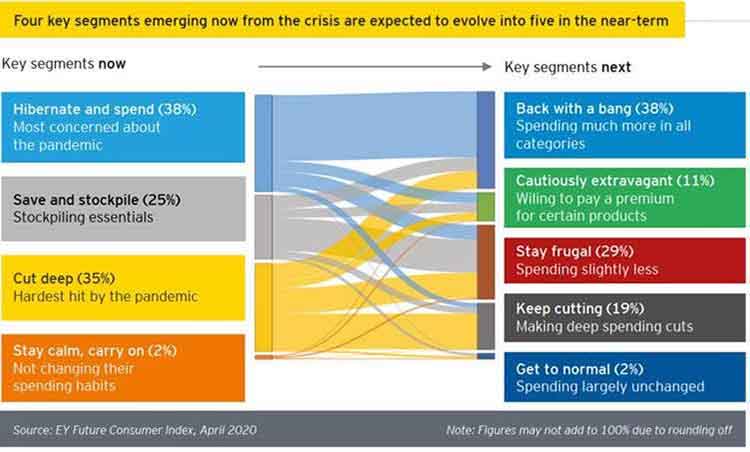
As per the report, currently consumer product companies are in the ‘Now’ phase where they are grappling to understand upfront challenges, assessing initial business impact and deciding immediate actions to respond to the pandemic. “As consumer products companies move into the next and beyond phase, their ability to digitally transform faster, invest in relevant technologies such as artificial intelligence, optimize the use of big data and analytics and improving overall customer experience will be the key differentiators in the industry, which will in turn enhance their resilience to withstand any future disruption,” added Pinakiranjan Mishra.
"

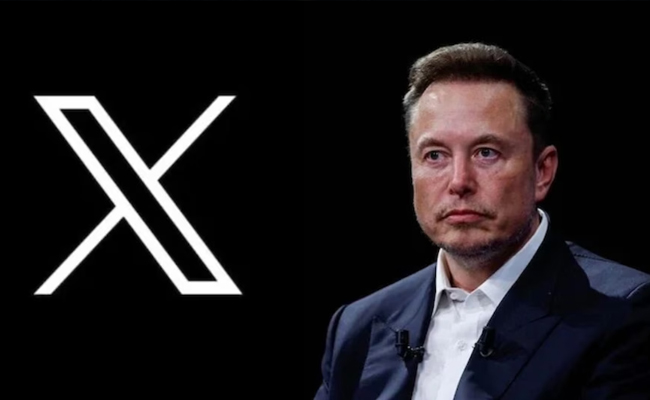
Legal Battle Over IT Act Intensifies Amid Musk’s India Plans
The outcome of the legal dispute between X Corp and the Indian government c...
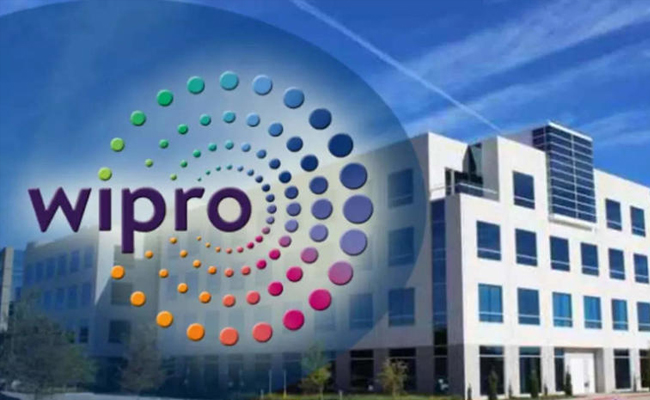
Wipro inks 10-year deal with Phoenix Group's ReAssure UK worth
The agreement, executed through Wipro and its 100% subsidiary,...
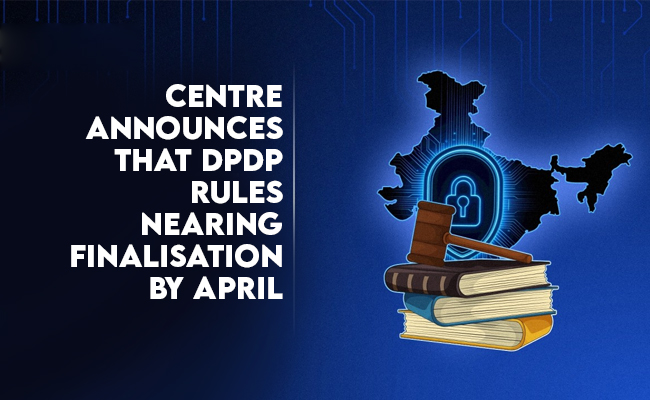
Centre announces that DPDP Rules nearing Finalisation by April
The government seeks to refine the rules for robust data protection, ensuri...

Home Ministry cracks down on PoS agents in digital arrest scam
Digital arrest scams are a growing cybercrime where victims are coerced or ...

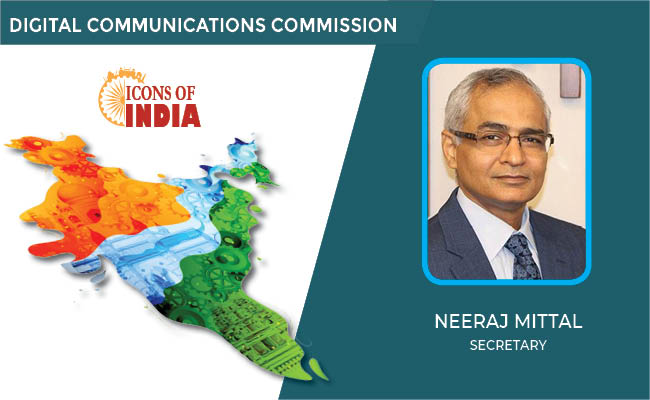
Icons Of India : NEERAJ MITTAL
He started his career as an IAS Officer in 1992. He has held various a...
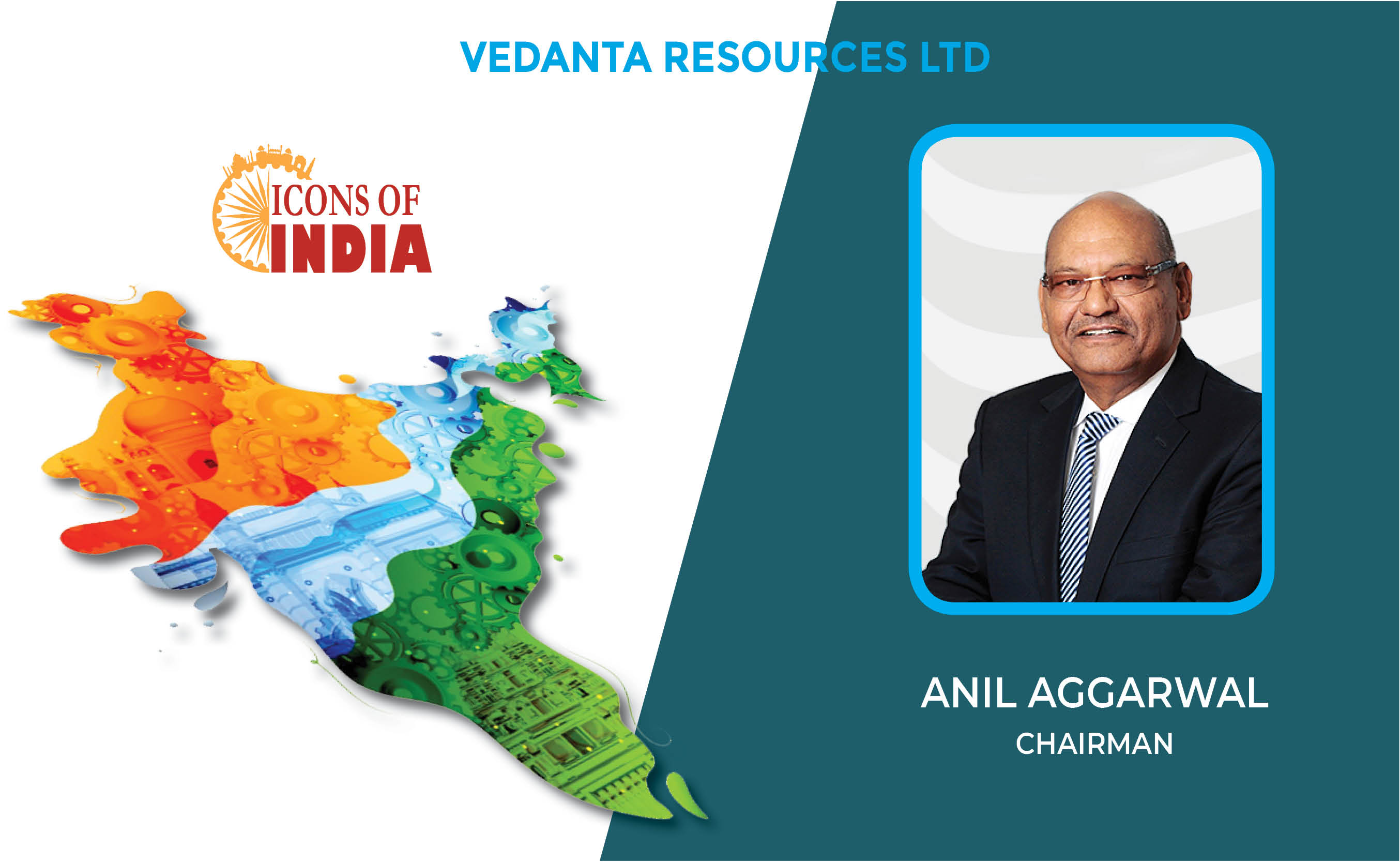
Icons Of India : Anil Agarwal
Anil Agarwal, the Founder and Chairman of Vedanta Resources Ltd., is r...
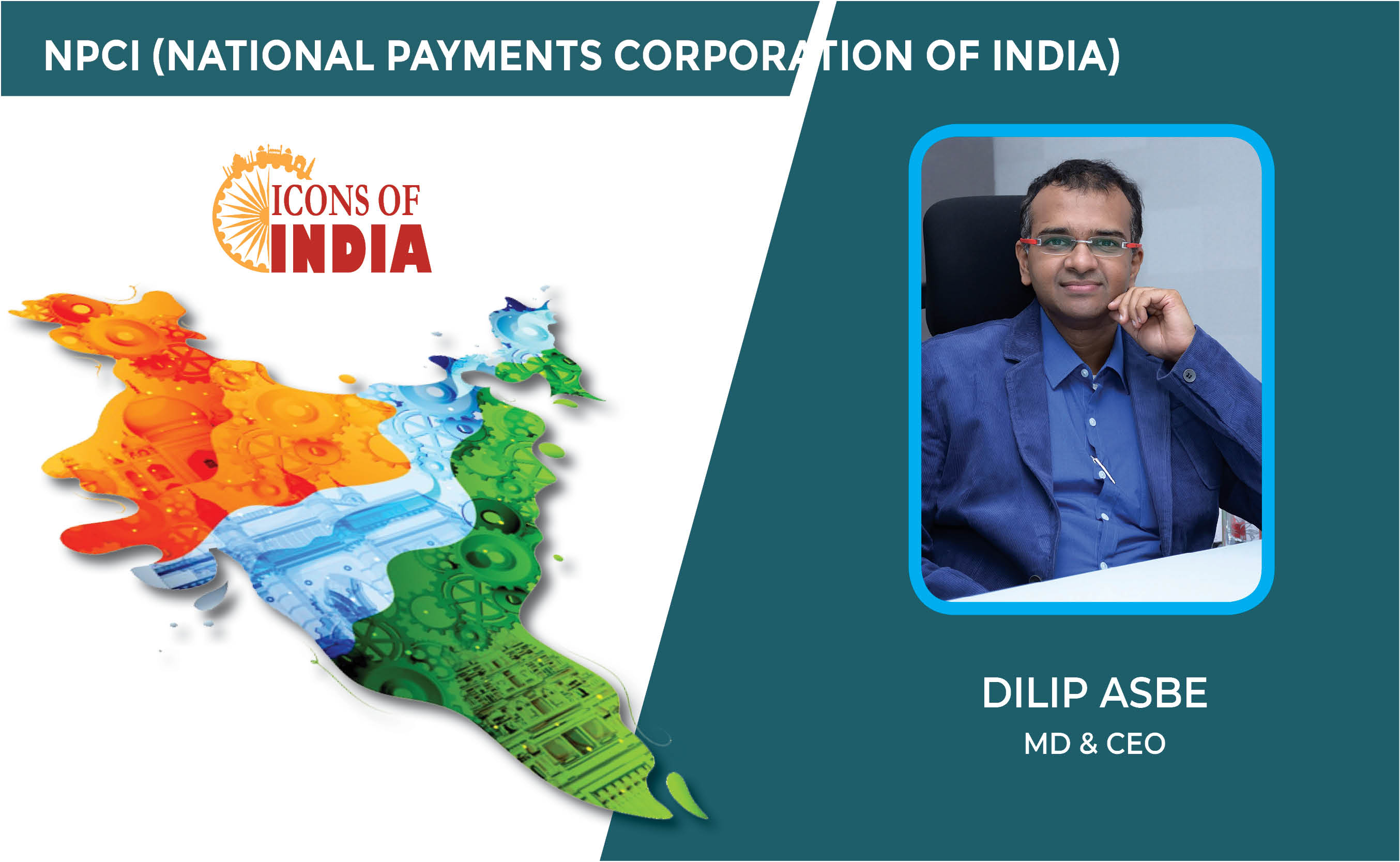
Icons Of India : Dilip Asbe
At present, Dilip Asbe is heading National Payments Corporation of Ind...


BSE - Bombay Stock Exchange
The Bombay Stock Exchange (BSE) is one of India’s largest and oldest...
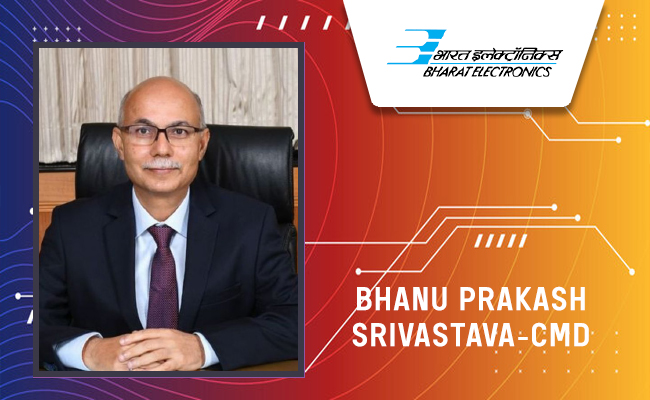
BEL - Bharat Electronics Limited
BEL is an Indian Government-owned aerospace and defence electronics co...
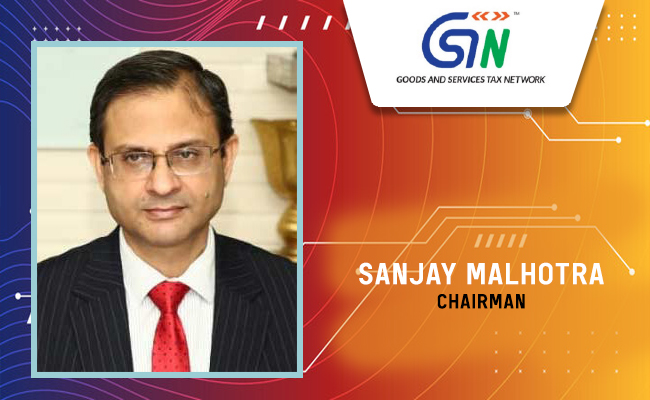
GSTN - Goods and Services Tax Network
GSTN provides shared IT infrastructure and service to both central and...


Indian Tech Talent Excelling The Tech World - ANJALI SUD, CEO – Tubi
Anjali Sud, the former CEO of Vimeo, now leads Tubi, Fox Corporation�...
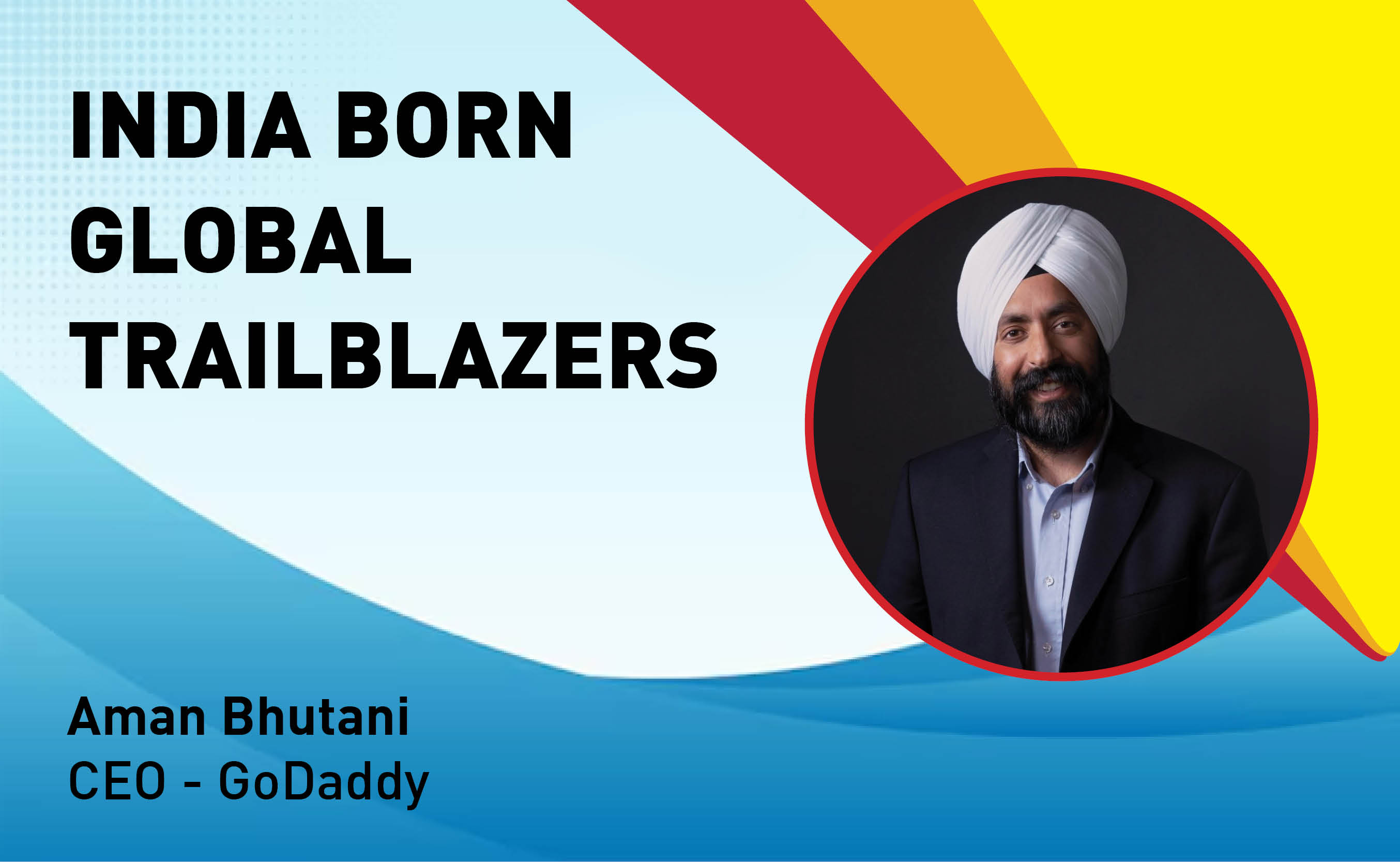
Indian Tech Talent Excelling The Tech World - Aman Bhutani, CEO, GoDaddy
Aman Bhutani, the self-taught techie and CEO of GoDaddy, oversees a co...

Indian Tech Talent Excelling The Tech World - NIKESH ARORA, Chairman CEO - Palo Alto Networks
Nikesh Arora, the Chairman and CEO of Palo Alto Networks, is steering ...
 of images belongs to the respective copyright holders
of images belongs to the respective copyright holders